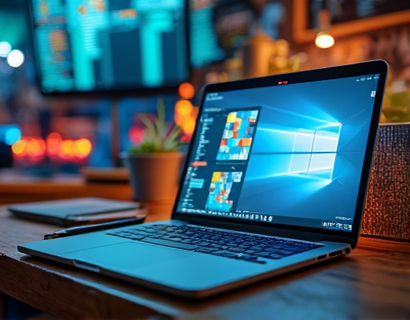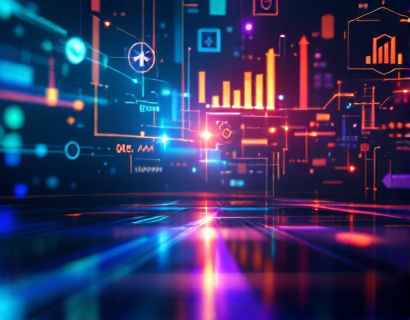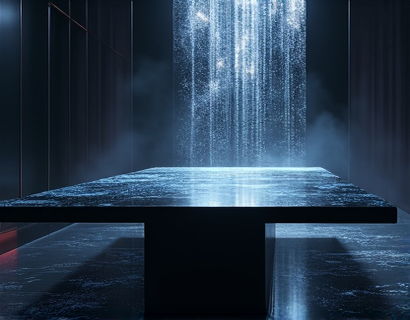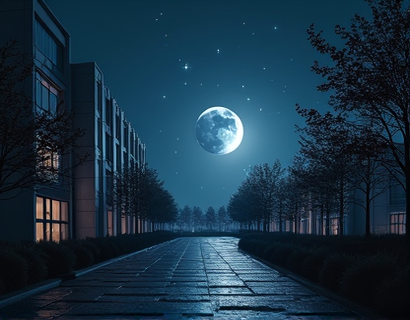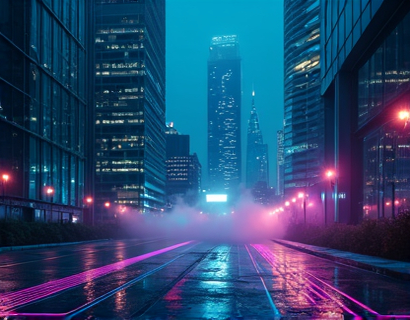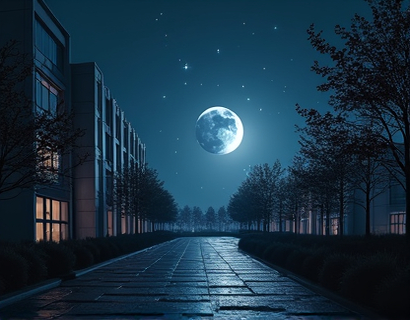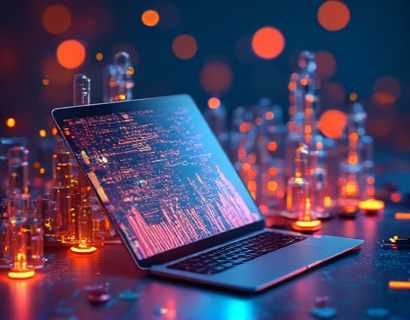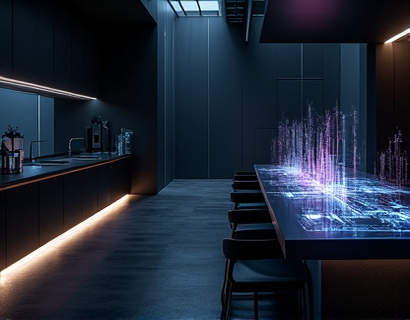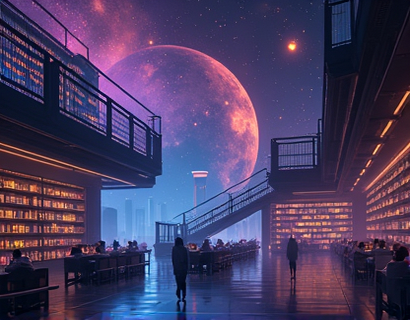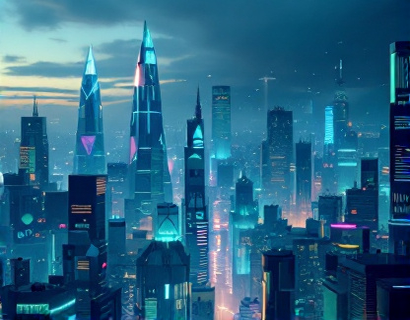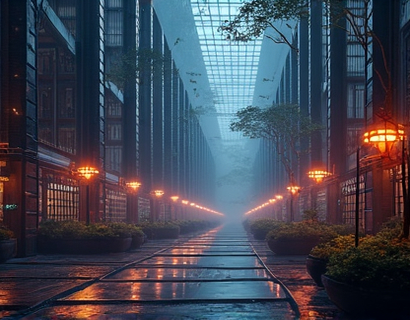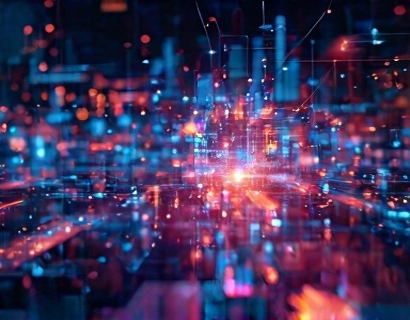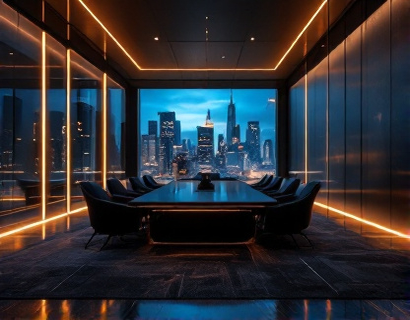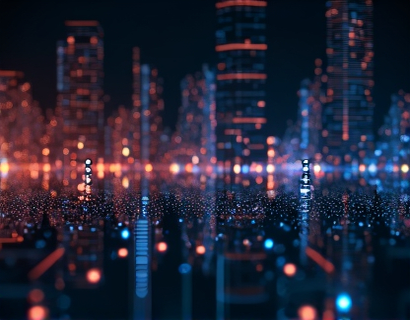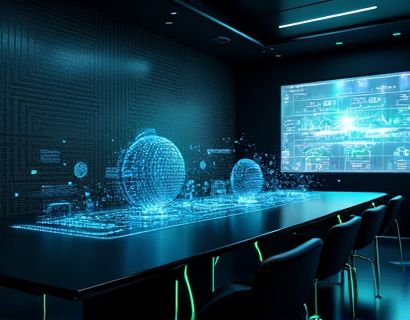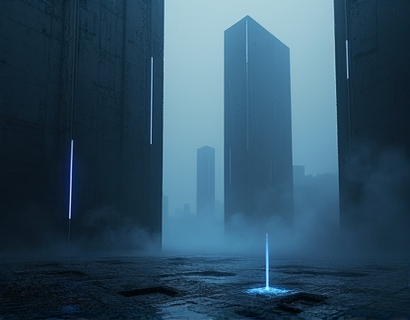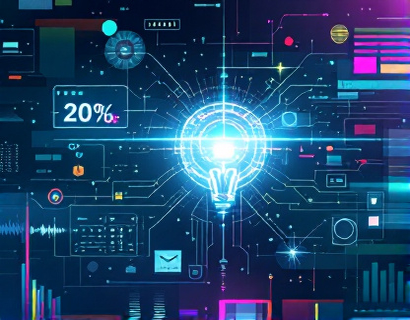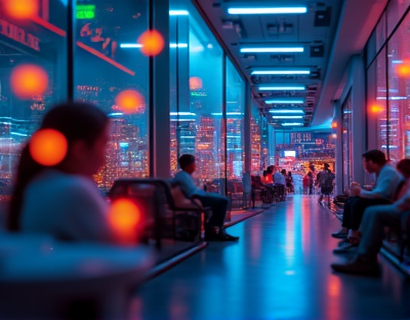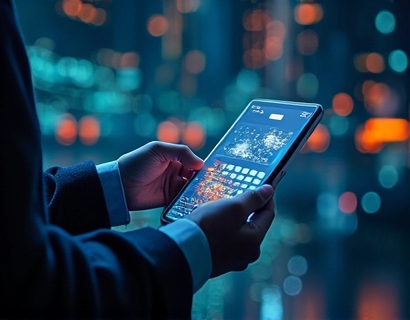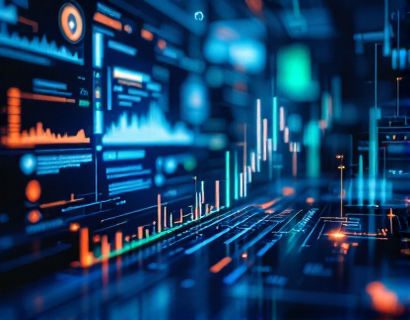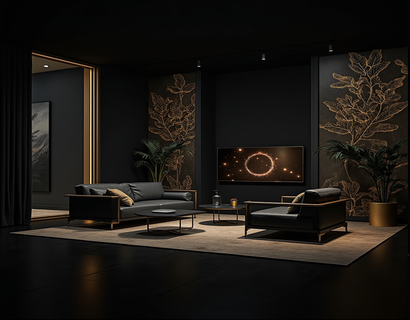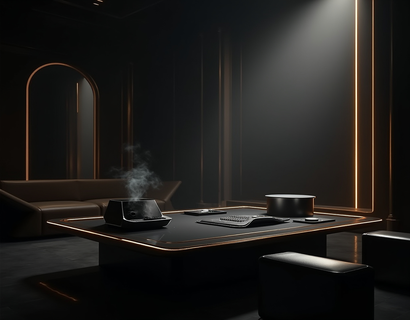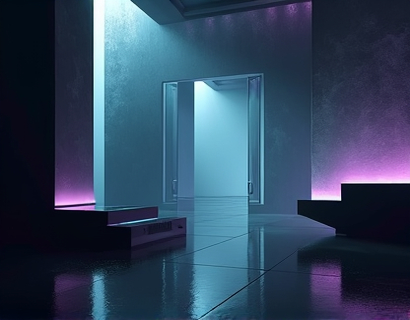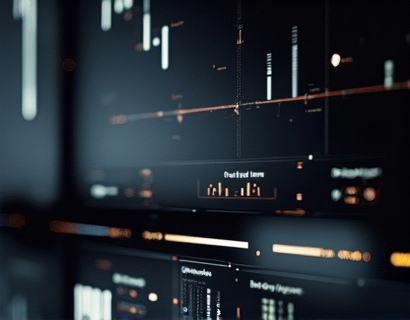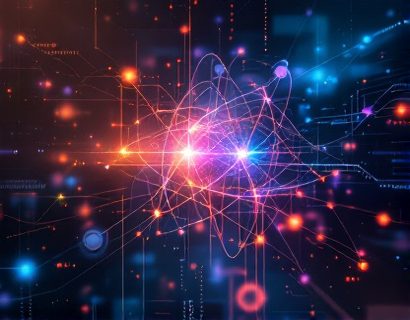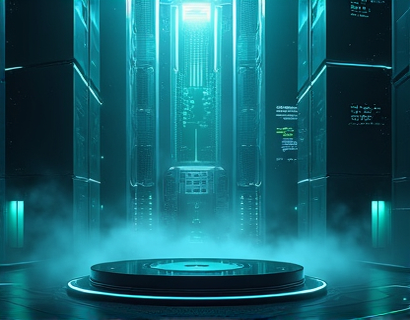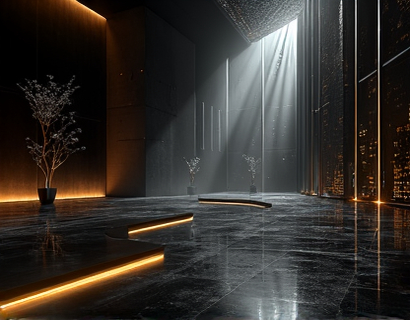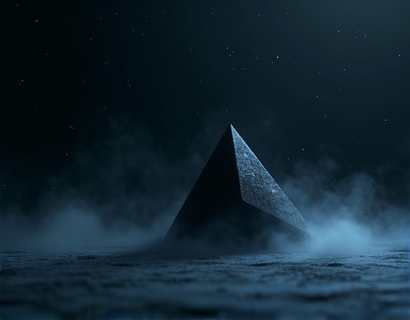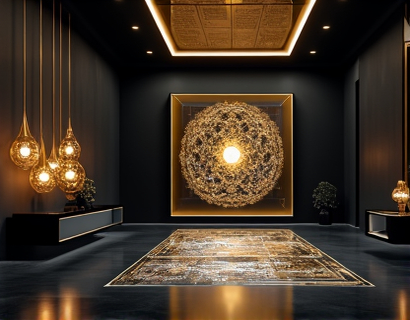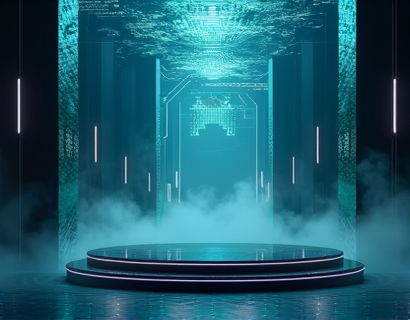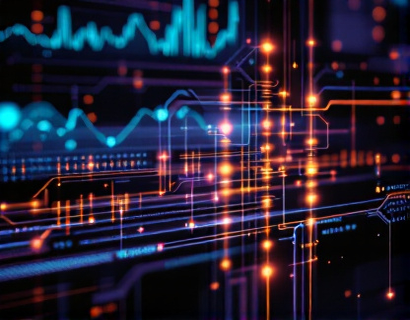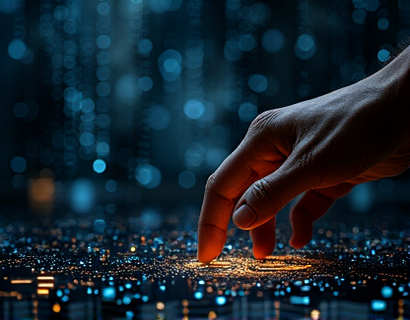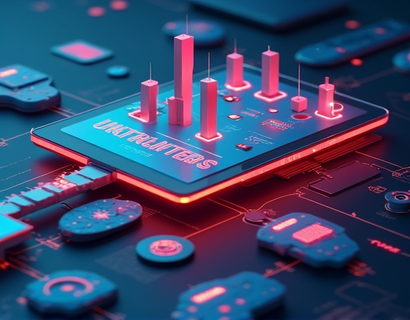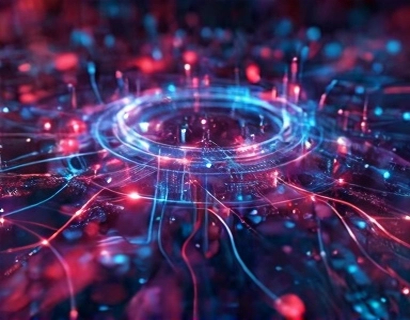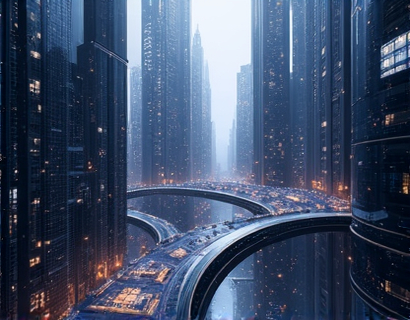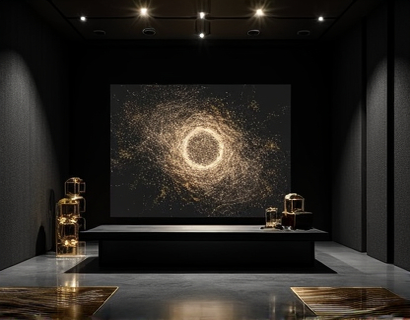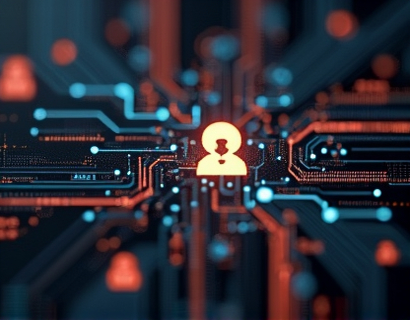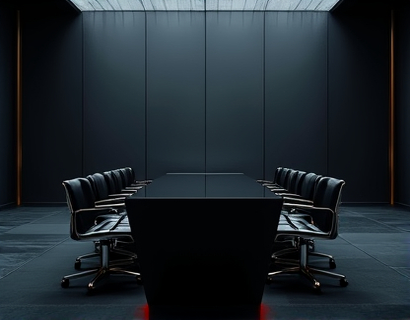Unlocking Creativity: Mastering Advanced Digital Creature Design
In the realm of digital art and design, the ability to create and customize unique creatures has become an essential skill for artists, game developers, and digital enthusiasts. The integration of advanced technology with comprehensive asset libraries has revolutionized the way creatives approach this task. This article delves into the intricacies of mastering digital creature design, focusing on the tools and platforms that empower users to transform their imaginative ideas into captivating realities.
The journey begins with understanding the core components of digital creature design. At its essence, creating a digital creature involves a blend of artistry, technical skill, and creativity. The process starts with conceptualization, where the designer envisions the creature's appearance, behavior, and role within a larger narrative or environment. This initial step is crucial as it sets the foundation for the entire design process.
One of the key challenges in digital creature design is the creation of diverse and detailed assets. Traditional methods often involve manually crafting each element, a time-consuming and labor-intensive process. However, with the advent of advanced digital tools and extensive asset libraries, designers can now access a wealth of pre-made components that can be customized and combined to create unique creatures. These asset libraries encompass a wide range of elements, including 3D models, textures, animations, and effects, providing a solid foundation for creative exploration.
Advanced digital platforms have emerged to streamline this process, offering intuitive interfaces and powerful features that simplify the design workflow. These platforms integrate cutting-edge technology such as AI-driven design tools, real-time rendering engines, and collaborative features that enhance the creative experience. For artists and game developers, these tools not only save time but also open up new possibilities for innovation and experimentation.
Let's explore some of the key features that make these platforms indispensable for digital creature design. First, the asset library is a treasure trove of high-quality, customizable elements. These libraries are curated by experts and often include a diverse range of creatures, from fantastical beings to realistic animals. Each asset is designed with flexibility in mind, allowing designers to adjust parameters such as size, color, and texture to fit their specific needs.
Another critical feature is the user-friendly interface. Modern design platforms prioritize usability, ensuring that even those with limited technical expertise can navigate the tools with ease. Drag-and-drop functionality, intuitive menus, and clear guidance through each step of the design process make these platforms accessible to a broad audience. This democratization of creative tools empowers a wider range of individuals to explore their artistic potential.
Real-time rendering is another game-changing feature. With real-time rendering, designers can see the immediate results of their changes, allowing for rapid iteration and refinement. This capability is particularly valuable when working with complex 3D models and animations, as it reduces the time between conceptualization and visualization. Real-time feedback helps maintain the integrity of the design and ensures that the final product meets the creator's vision.
Collaboration tools are also becoming increasingly important in the digital creative space. The ability to share work, receive feedback, and collaborate with others in real-time fosters a sense of community and accelerates the creative process. These platforms often include features such as version control, commenting systems, and integrated communication tools, making it easier for teams to work together seamlessly.
For those looking to enhance their digital creature design skills, it's essential to develop a strong foundation in both artistic and technical aspects. A solid understanding of anatomy, proportion, and movement is crucial for creating believable and engaging creatures. Additionally, proficiency in 3D modeling software, texturing techniques, and animation principles can significantly elevate the quality of the final designs.
To build this foundation, numerous resources are available online, ranging from tutorials and courses to community forums and workshops. Platforms like YouTube, Udemy, and Skillshare offer a wealth of educational content tailored to different skill levels. Engaging with these resources can help designers refine their techniques and stay updated on the latest trends and technologies in the field.
Moreover, joining online communities dedicated to digital art and design can provide valuable networking opportunities and inspiration. Platforms such as DeviantArt, Reddit's r/digitalart, and specialized forums for 3D artists offer spaces to showcase work, seek feedback, and learn from peers. These communities often host challenges and contests that encourage creativity and push designers to explore new ideas and techniques.
When it comes to sharing and showcasing digital creatures, the internet provides a global stage for creatives to display their work. Online galleries, social media platforms, and dedicated websites allow designers to share their creations with a wide audience. These platforms not only serve as portfolios but also as sources of inspiration for others in the community. By sharing their work, designers can gain visibility, attract collaborations, and build a reputation in the digital art scene.
In addition to sharing individual pieces, many designers choose to create and share entire ecosystems or universes featuring their digital creatures. These comprehensive projects often include detailed backstories, environments, and interactive elements, providing a rich and immersive experience for viewers. Such projects demonstrate the full potential of digital creature design and highlight the creativity and dedication of the designers behind them.
As the field of digital creature design continues to evolve, the tools and platforms available to creatives will undoubtedly become more sophisticated. Emerging technologies such as virtual reality (VR) and augmented reality (AR) are opening new avenues for interactive and immersive experiences. Designers who embrace these technologies can create truly groundbreaking works that push the boundaries of what is possible in digital art.
In conclusion, mastering advanced digital creature design requires a combination of artistic vision, technical skill, and access to powerful tools and resources. By leveraging extensive asset libraries, intuitive design platforms, and collaborative tools, creatives can unlock their full potential and bring their most imaginative ideas to life. Whether you are a seasoned professional or a hobbyist, the world of digital creature design offers endless opportunities for creativity and innovation.



